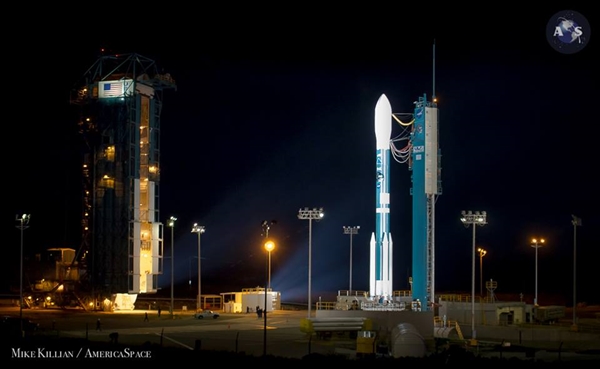US space agency NASA has launched a satellite that will provide scientists with tools to forecast weather and track global climate variations.
The NASA mission aims to offer scientists with clear data about Earth’s soil, which will help to improvise the climate forecasts and prediction about natural calamities like droughts and floods.
The Soil Moisture Active Passive (SMAP) observatory was launched atop a United Launch Alliance Delta II rocket from California’s Vandenberg Air Force Base, according to a statement released by NASA.
Once fully deployed, the 2,000-pound (907 kg) craft will target two microwave-emitting instruments at the Earth’s surface and start collecting data.

This will enable NASA scientists to study the moisture content of the top two inches of soil and to calculate water depth to about three feet.
In general, soil moisture accounts for less than one per cent of the planet’s total water reservoir, with 97 per cent in the planet’s oceans and nearly all of the rest in the form of ice.
In addition, the satellite can take pictures of even a cloud covered Earth’s surface from an altitude of about 426 miles (686 km), providing a resolution map of about five or six miles.
With the help of these high-resolution maps, scientists can predict how forests and crops will change in accordance with the warming of planet.
ALSO READ Climate talks: Optimism over-supply, action short-supply
It will take at least a year to gather and analyze the detailed information. However, NASA will start releasing data within several months to forecasters in agencies including the United Nations World Food Program, U.S. Department of Agriculture and U.S. Centers for Disease Control and Prevention.
Currently, scientists depend on computer models to account for soil moisture.
Climate models agree that the Earth is warming, but they differ about such fundamental issues as which areas will get more precipitation and which will be drier, said, Jared Entin, project scientist, Soil Moisture Active Passive (SMAP) mission, NASA, Washington.
The $US916-million ($1.18 billion) mission was engineered by NASA to work for at least five years.
Sabeena Wahid
[email protected]
